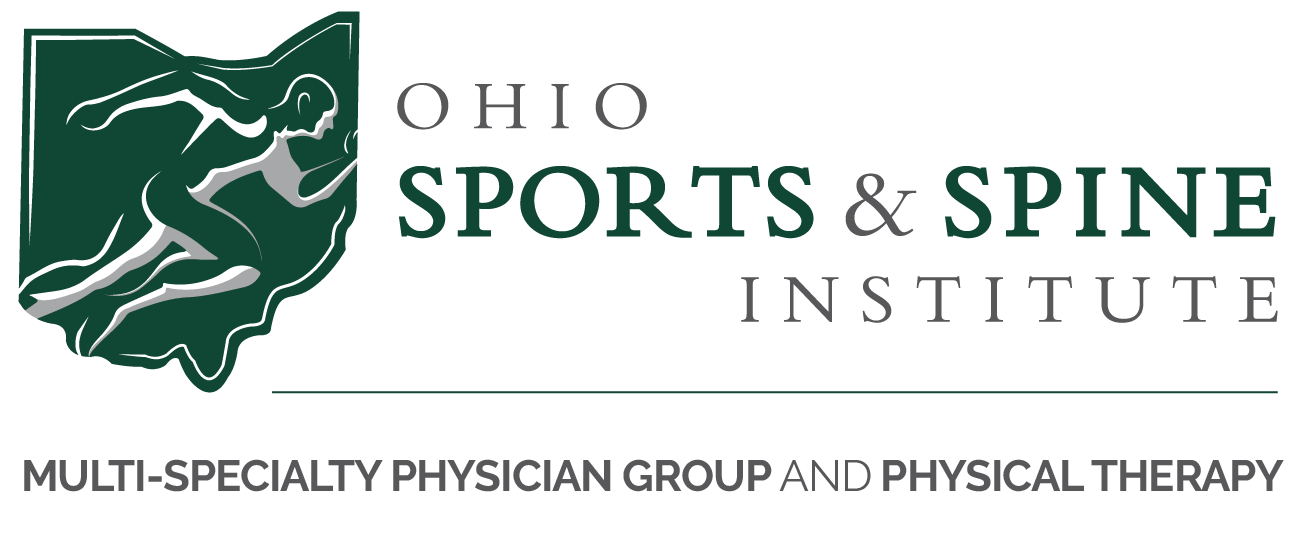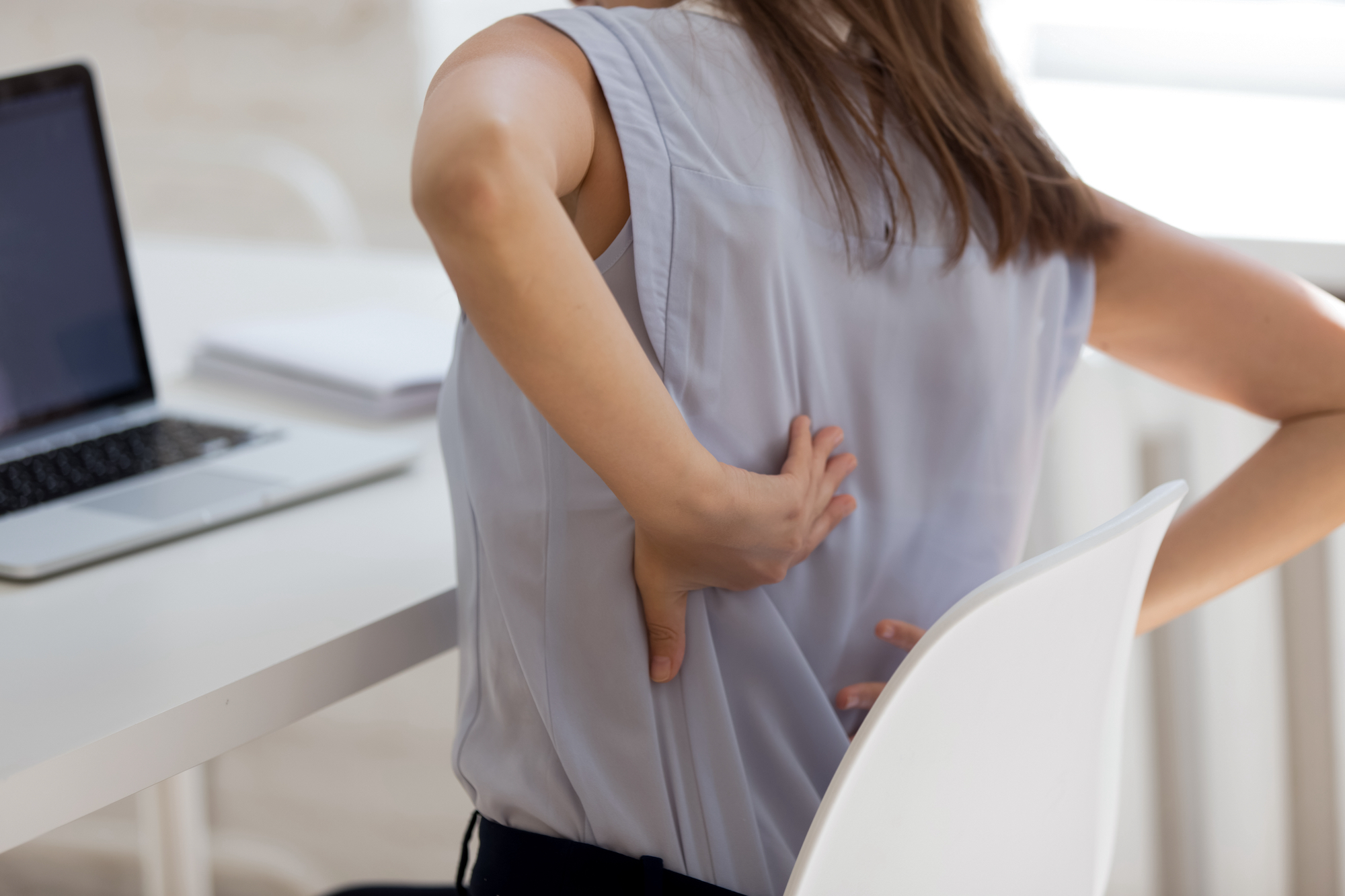Herniated Disc
A herniated disc is a neck or back condition that affects the intervertebral discs in the spine. The spinal discs provide cushion and support for the vertebrae, act as shock absorbers, contribute to the stability of your spine and allow the spine to move freely and flexibly. Discs are made up of two parts: a tough outer ring of cartilage called the annulus fibrosus and a soft, jelly-like inner core called the nucleus pulposus.
Disc herniation occurs when the annulus fibrosis causing the jelly-like nucleus to protrude from the disc and leak into the spinal canal. By itself, herniation may or may not be painful. But fragments of the disc have a high chance of irritating or compressing nearby spinal nerves or the spinal canal, leading to pain and symptoms. Fluid from the nucleus pulposus can leak and can cause an inflammatory irritation to the nerve root producing pain, numbness and potential weakness into the extremity. Herniation is most common in the cervical or lumbar spine. The thoracic spine is inherently stable and herniated disc are less common.
A herniated disc is also called a slipped, prolapsed or ruptured disc.
Causes and Risk Factors
Age-related degeneration is the leading cause of disc herniation. As we age, our spinal discs age along with us. They become drier, stiffer, less flexible and more prone to breaking down, creating fissures leading to herniation of disc material or leakage of nucleus pulposus creating chemical irritation to the nearby nerves. As degeneration progresses, discs are at higher risk of tearing from a minor task, strain or twisting movement. While the actual disc herniation may occur suddenly, it’s usually as a result of years of gradual weakening and degeneration.
In younger adults, disc herniation can occur as the result of a traumatic incident like a fall, car accident or sports or recreational injuries. Herniation can also occur from lifting a heavy load using your back while lifting and twisting simultaneously.
Age is the primary risk factor for disc herniation, and the injury commonly affects people between the ages of 35-55.
Other risk factors include:
· Smoking
· Working a physically demanding job with repetitive lifting movements
· Prolonged sedentary positions
· Practicing improper lifting techniques
· Gender (men are more likely to develop a herniated disc)
· Obesity
· Genetics.
Symptoms
The location and size of the herniation may play a role in symptom expression. Many studies have demonstrated that the size of the herniation does not always correlate with the symptoms. In many cases, people with a small herniation that is not pressing against spinal nerves may experience mild neck or back pain, or no symptoms at all. If a herniated disc is compressing nearby nerve roots or the spinal cord, symptoms vary depending on location.
- Cervical spine: In the neck, a herniated disc can cause neck pain that spreads to the shoulder blade, shoulder and arm. Additionally, it can cause numbness, tingling and weakness down the arm, hand and fingers. When disc causes compression centrally involving the spinal cord this may cause problems in the upper and lower extremities, can also affect your gait and ability to use your hands for fine motor control.
- Lumbar spine: In the low back, a herniated disc can cause back pain alone, leg pain alone or back and leg symptoms together. Sciatica is a type of nerve pain that develops when nerves in the lumbar spine are pinched or inflamed. Symptoms can be characterized by one-sided pain, numbness, tingling and weakness that travels from the low back to the buttock, back of thigh, calf and foot depending on which nerve is affected. The pain characteristics can be deep and achy or sharp, burning or electric.
If the herniated disc is located in the lumbar spine, pain and symptoms are usually worse with bending, lifting, prolonged periods of sitting, standing or walking. Forceful motions like a cough, sneeze or laugh can trigger the onset of pain. Certain positions and exercises can relieve pressure on the low back nerves and ease pain and symptoms, which is typically identified with a good thorough history and examination by your physician or physical therapists.
Treatment and Prevention
Many herniated discs heal naturally within several weeks to a few months. Your doctor may recommend several non-surgical treatment options to help relieve your discomfort and speed up the healing process.
- Activity modifications: If you’re experiencing severe pain, rest for 1-2 days, but resume activity again as soon as you are able. Prolonged bed rest and immobilization can cause more pain and stiffness, and numerous studies have confirmed that bed rest for more than 1-2 days is detrimental to your recovery. Avoid strenuous, high-impact activities that cause pain, but stay active with low-impact exercises and movement.
- Chiropractic: Chiropractic care can be very effective in reducing your symptoms by utilizing manual techniques, coupled with specific home exercises to help alleviate your leg and or back symptoms.
- Physical therapy: Our physical therapist will work with you on gentle exercises and stretches specifically designed to relieve pressure on the nerves and spine to provide pain relief. Additionally, physical therapy will evaluate and identify your weak links that need to be addressed to help you recover and prevent recurrent episodes. Physical therapy can help you improve your back and core strength, mobility and endurance. The low back and core muscles are essential for supporting the spine and preventing injuries.
- Medications: Over-the-counter pain medications are effective for mild to moderate pain. If you have severe pain or muscle spasms, your doctor may prescribe stronger pain medications or muscle relaxants.
- Injections: A corticosteroid injection directly into the spine under imaging guidance, called an Epidural Injection may help relieve inflammation, pain and swelling around irritated nerve roots. While the pain-relieving effects of an injection are temporary, the injection gives your body a chance to start healing and allow you to progress in rehabilitation.
- Surgery: If conservative treatments aren’t effective after a several weeks, or if you demonstrate acute red flags such as progressive weakness, loss of bowel or bladder control, or saddle anesthesia it may be time to consider surgery.
Schedule an Appointment
Get started with a consultation to evaluate the source of your pain and the best course of action to alleviate that discomfort


